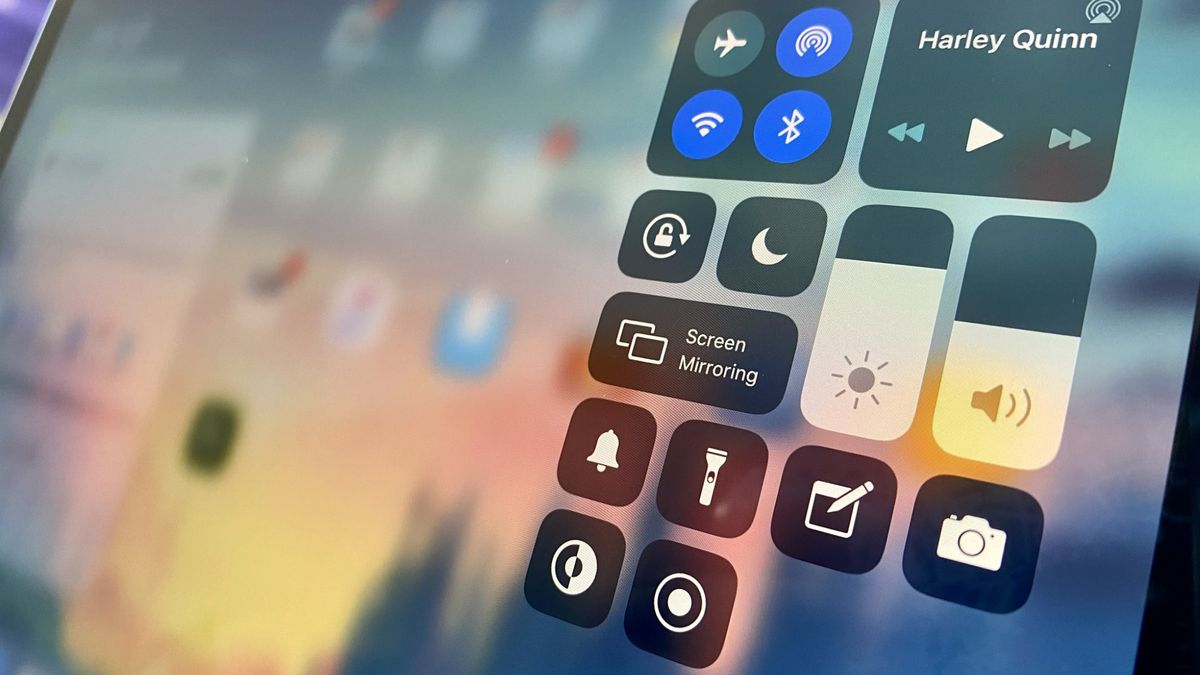2023 is shaping up to be a very quiet year for iPad. Rumor has it that Apple has no plans to release a new iPad Pro this year, in part because it’s saving up a very special upgrade for 2024. That’s right, OLED technology might finally be coming to iPad.
According to multiple sources, Apple is working on an 11-inch and 13-inch iPad that will bring a major display upgrade to its tablet line in the form of Organic LED, more commonly known as OLED.
Very common in premium TVs, and a stalwart of Apple’s best iPhones for the last few years, OLED uses tiny diodes that can produce light and color when an electrical current is passed through them, eliminating the need for a separate backlight. But how could OLED benefit iPad, and will it be worth the rumored significant cost increase? Here are five ways OLED could improve Apple’s best iPad.
Thinner and lighter
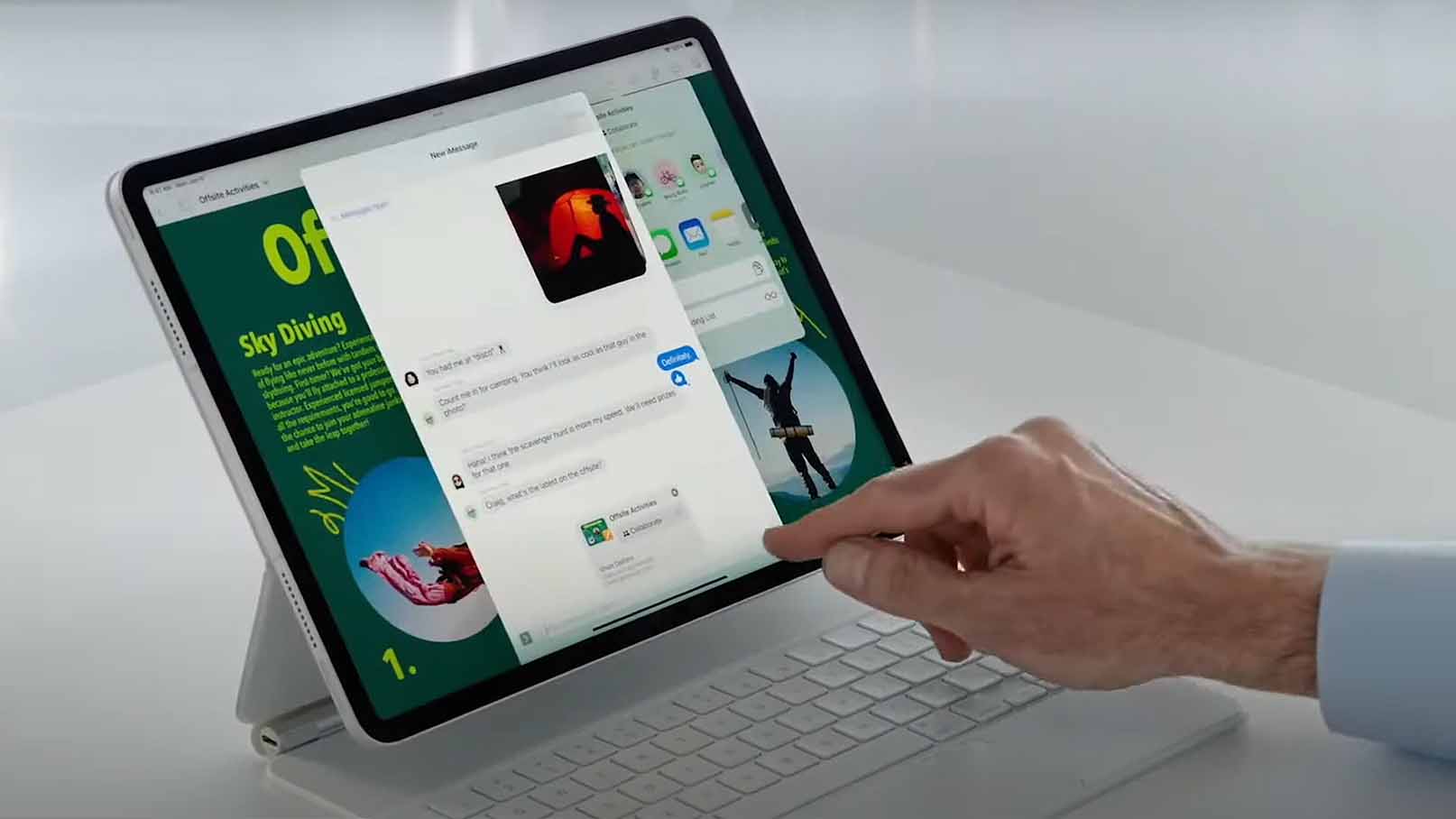
There was a time when Apple’s goal was basically to make every device thinner and lighter. We’ve sort of reached the pinnacle of slim Apple devices, but OLED could be the first big step in iPad form factor for some time. The iPad Pro is a hefty device that is substantially heavier than other tablets in Apple’s lineup. According to reports, Apple’s new OLED displays will be lighter than the current mini-LED offering, in part thanks to the lack of backlight.
Furthermore, this also makes the OLED panel thinner, which will mean the display takes up less space. This could see Apple debut an iPad Pro that is thinner than previous models, or perhaps a similar-sized device with a larger battery.
Battery life
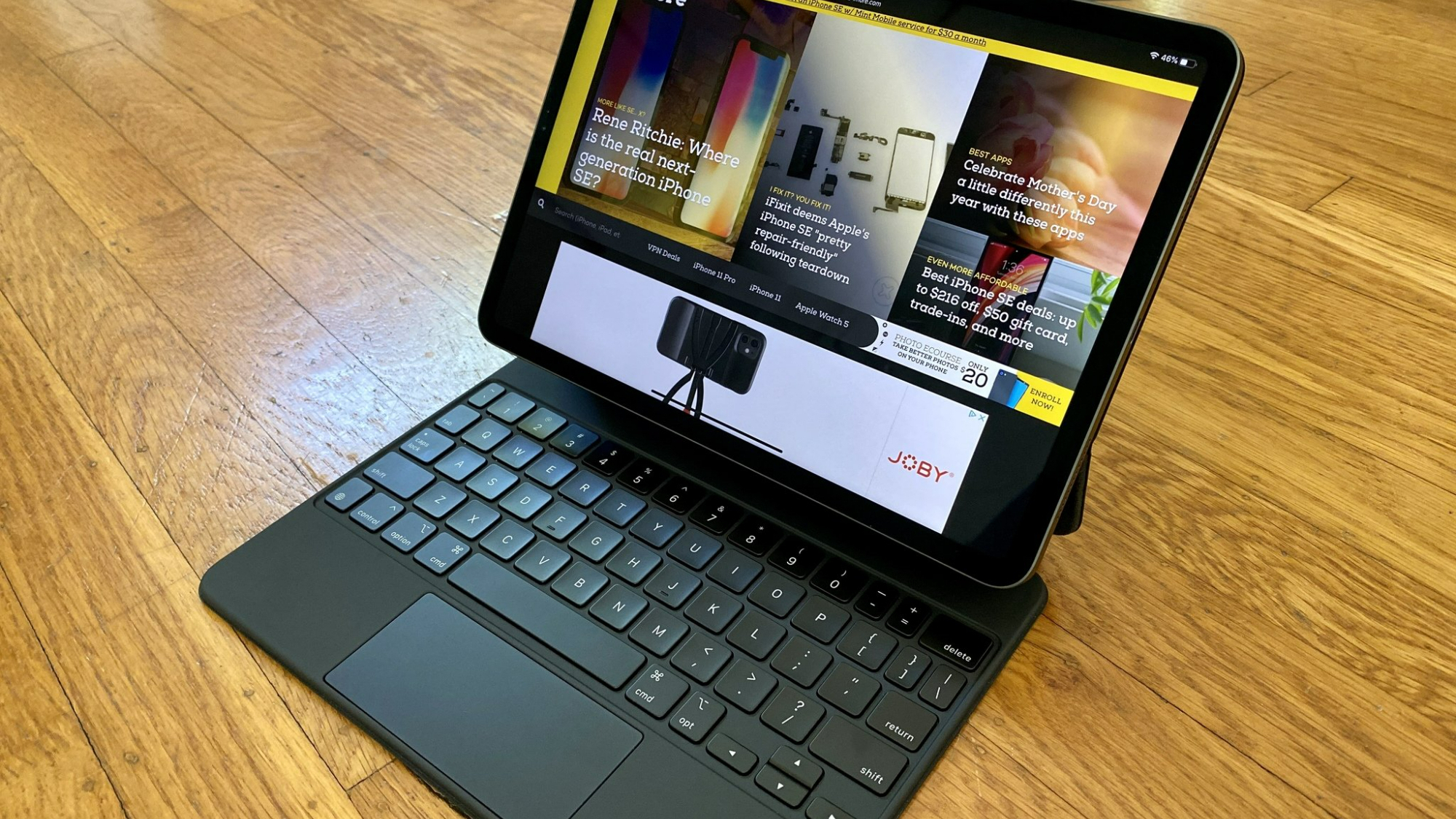
That brings us to the second possible improvement, battery life. As noted, a thinner and lighter display configuration could pave the way for a physically larger battery, which would of course benefit battery life. However, OLED is also more efficient than mini-LED thanks to the lack of backlight and Apple’s planned dual-stack technology, so even if the battery remains the same size, plugging in an OLED display will save on battery efficiency. By and large, OLED isn’t actually as bright as mini-LED either, so this could also save on battery. As we’ll get to in a second, OLED offers better contrast thanks to true blacks because dark colors are delivered simply by turning off each pixel, which also saves energy.
Gaming and motion

There’s a reason gamers love OLED. The technology boasts a vastly improved response time in terms of how long it takes to show a graphic signal on the screen. LED gaming monitors are measured in milliseconds, and while some have a response time as low as 1 ms, OLED TVs, and monitors offer response times of less than 0.1 milliseconds.
All of this will make for better response times and faster frame rates, vastly improving gaming and the viewing experience of graphic-rich apps and web pages. Using OLED displays could also pave the way for LTPO technology, the kind used in the iPhone and Apple Watch Series 8. That would mean the possibility of variable refresh rates, again saving battery and powering an Always-On display.
Contrast
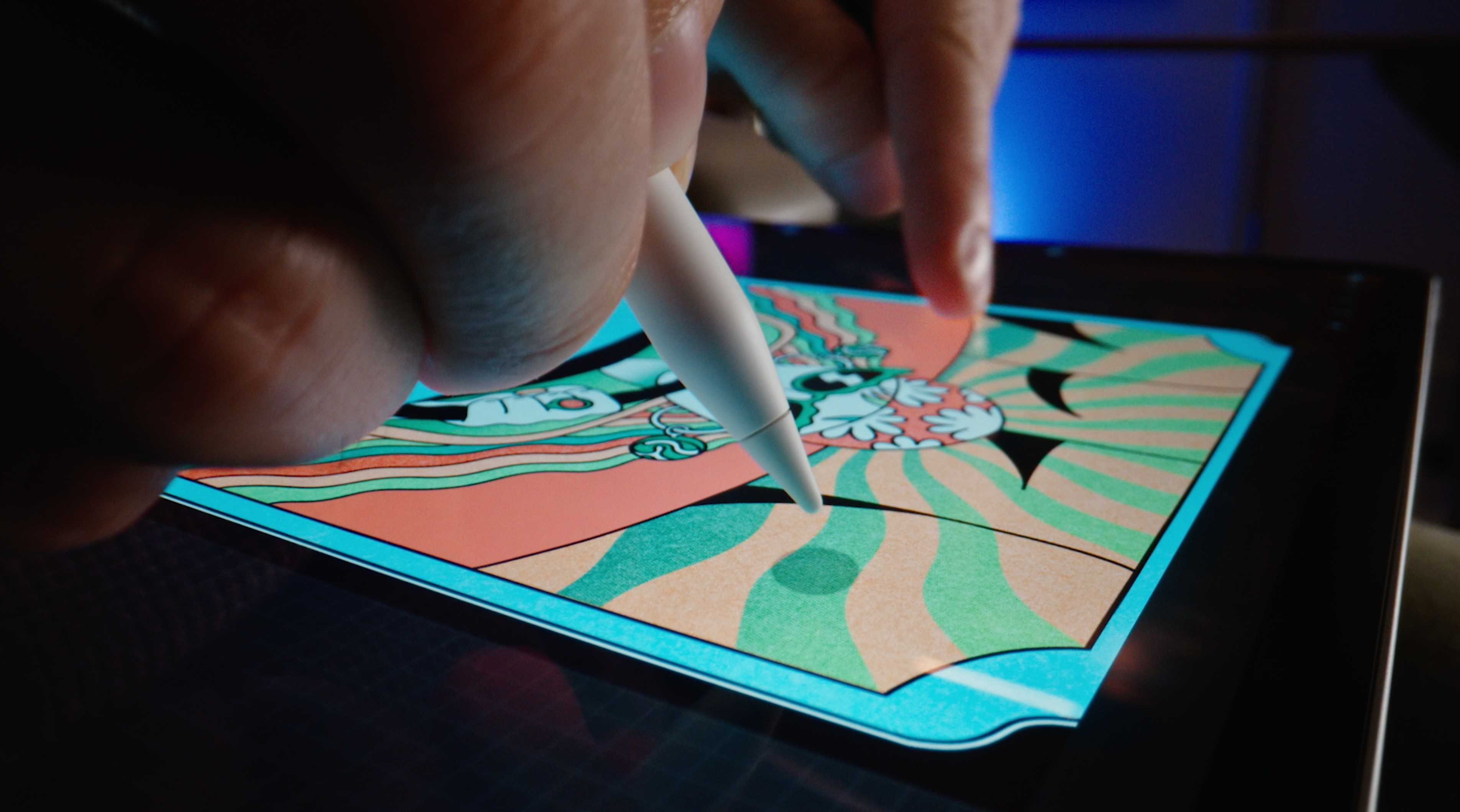
While mini-LED might be generally brighter than OLED, OLED wins on contrast thanks to deeper blacks and better control of each pixel’s individual brightness, which will really bring to life HDR content in movies and TV shows. Because an LED screen uses a backlight, it can never block out light completely, something OLED works around.
Viewing angles
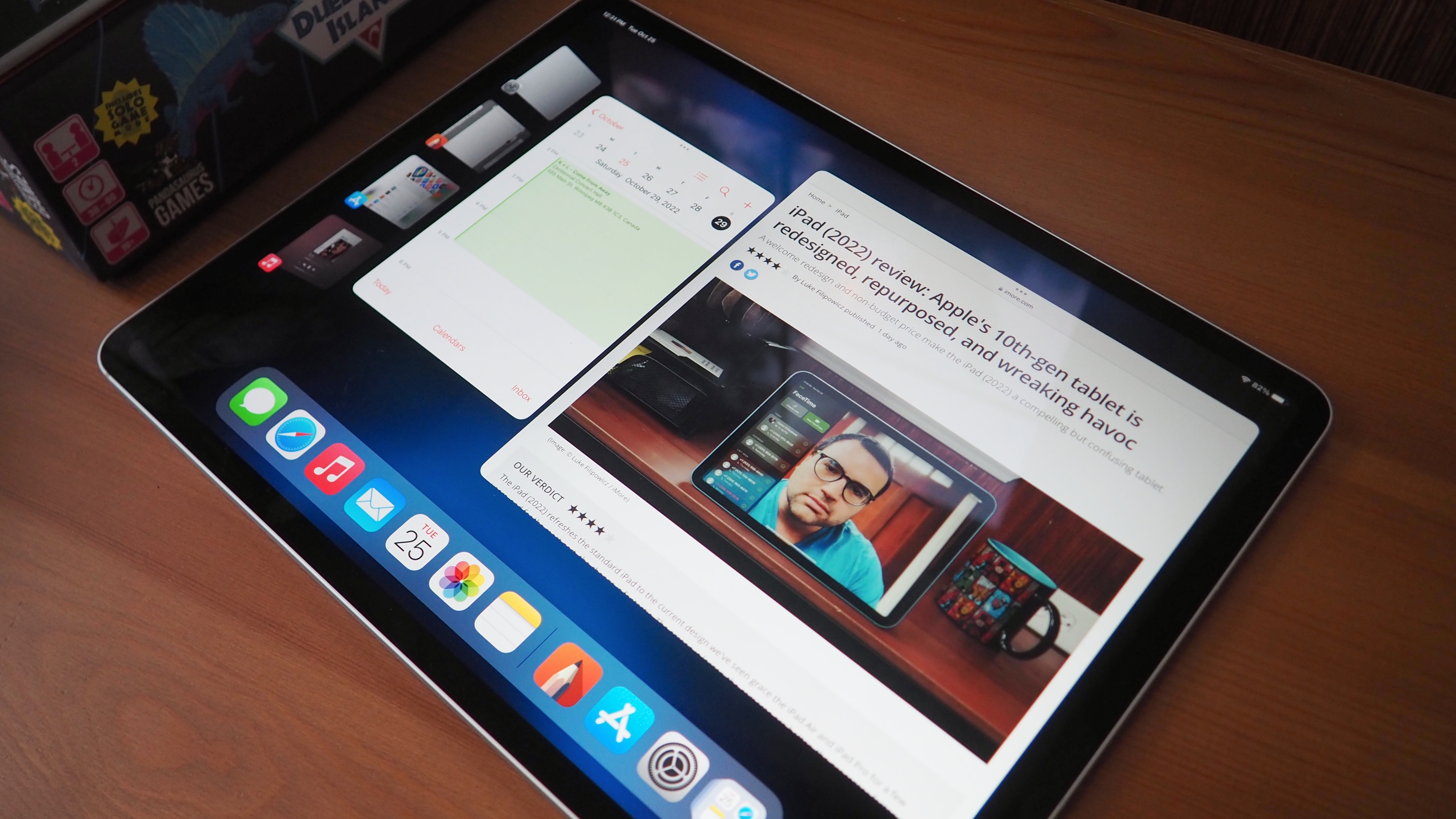
Viewing angles might not sound important on a mobile device, but I actually think they’re just as important, if not more important than the viewing angles on a TV because of their mobility. OLED offers vastly improved viewing angles compared to LED and mini-LED, meaning you’ll be able to see your iPad’s screen more clearly no matter where it is, making iPads more versatile for desk usage, watching content on the go, collaboration, and more.
OLED can’t come soon enough
So there you have it, five ways OLED will improve the iPad Pro. All of this comes at a price, and there are rumors an OLED iPad Pro could cost north of $1,800, but for those who rely on the iPad Pro’s visual fidelity for creativity and consumption, it could be a price worth paying.
